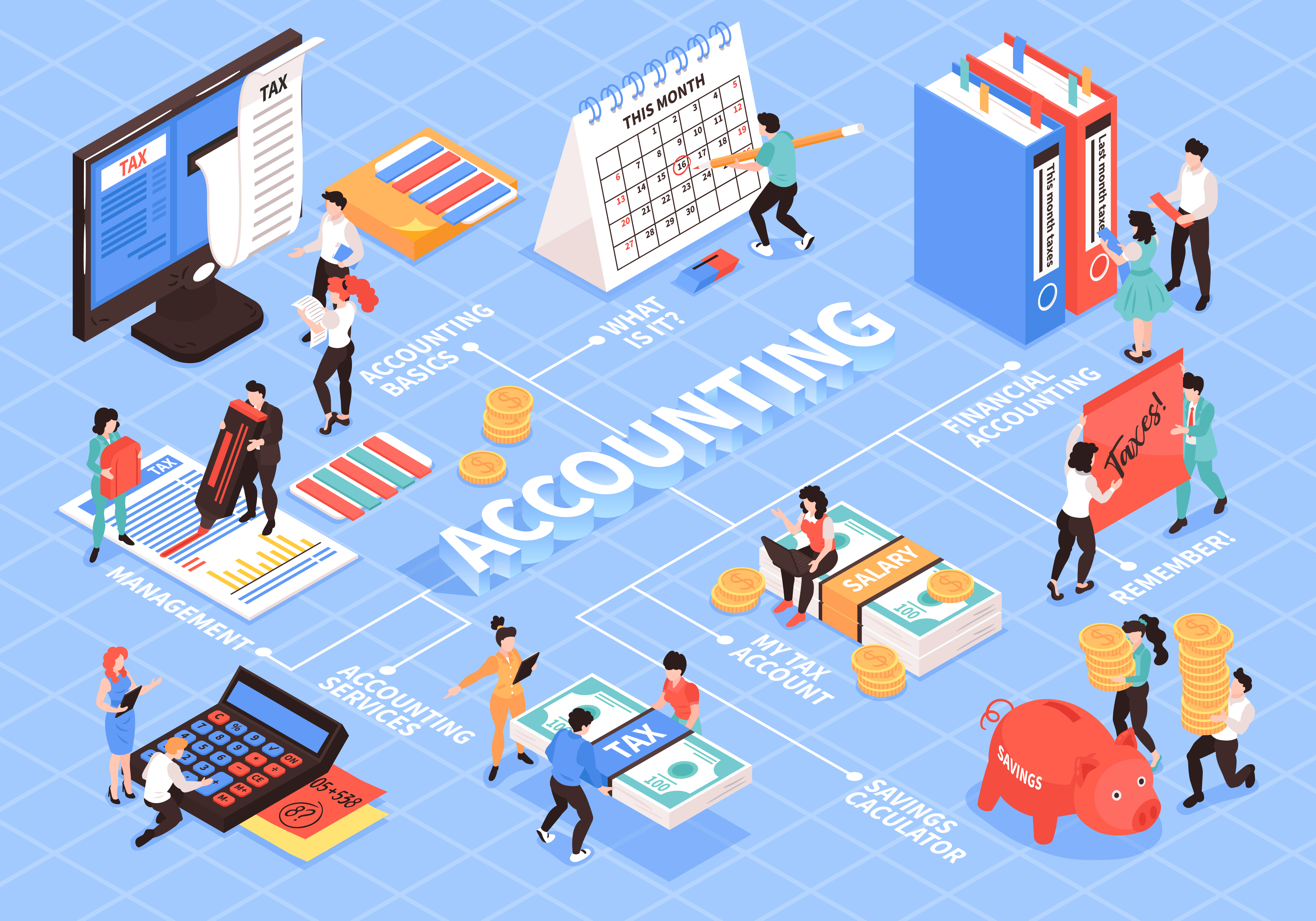
Calculate Your Business Startup Cost with Unboxing Startups
| 4 minutes read
Estimating startup costs can be tricky and confusing. This article can help you explore initial costs and how to calculate them.
Limited Funds are the major problem of most startups, and if you want to establish/start your business, it’s important to calculate the cost of startups. When you plan to start a startup, you need to implement your strategies. Overall, you will get an idea of how much funding is needed and learn to control your expenses. Estimating your startup costs can be tricky, but this article will help you understand your initial estimated costs and how you can plan for them. At Unboxing Startups, our primary motive is to promote startups from every angle, from social marketing to adding backlinks, guest posts, and much more. Today we will help you to calculate the estimated business startup cost, kindly read till the end, so when you sign off, you take away some valuable inputs from this article.
Now the question is, what the definition of startup costs is?
What are startup costs?
Startup costs are expenses that you calculate your business startup cost before running your business. These could be bills and expenses you will need during your business setup.
While every startup will need to account for specific startup costs, your startup will fall under either a brick-and-mortar, online, or service-based organization.
Why calculate startup costs?
Like your business plan, estimating/calculating your startup costs is part of a strategy of building a roadmap for your business. Having a rough estimate can help you avoid unnecessary risks and stay on track during more volatile months. We know plans don’t give a foolproof of success, but they can minimize high risks.
Now, we’ll look at some of the common startup expenses to get you started:
Common business expenses
The first step is to make a list of all the purchases you’ll need to make to start operating your business.
Categorize in sequence your list into expenses that are one-time purchases and those that will be ongoing payments since both will factor into your calculations.
Here are some of the most common expenses in both categories:
One-time expenses (Long term usage)
- Necessary equipment like cash registers, machinery, or vehicles
- Incorporation fees
- Permits and licenses
- Computer or technology equipment
- Down payment for your office or store
- Initial business cards
- Initial inventory
- Initial office supplies
- Technology, such as computers, tablets, or printers
- Office or business furniture
Ongoing expenses
- Business taxes
- Your rent or mortgage payment
- Accounting services
- Legal services
- Business insurance
- Payroll and employee benefits
- Your salary and benefits
- Operating expenses, such as bags in retail
- Office supplies, such as pens and paper
- Website hosting and maintenance
- Utilities like electric, water, phone, gas, and internet
- Loan or credit payments
How to calculate start-up costs?
Calculating startup costs involves creating a financial forecast/predictions of the business, covering all costs before the business launch, up to the point that it makes a profit.
Startup assets – Start by making a list of all the assets you need to purchase to operate your business: including machinery, computers, vehicles, and inventory (mentioned above). Then, for each item on the list, research and analyze the purchase costs by visiting retailer websites or contacting suppliers.
Startup costs – Make a proper list of all the early expenses you’ll incur setting up your startups, such as web hosting and registration fees. Check there are no recurring costs involved.
Fixed costs – Mention all of the fixed costs your business will experience in the first year. Fixed costs are the costs your startup needs to pay no matter how many products it sells or customers you have. These costs are ‘fixed’ over some time, such as a few months or a year.
Variable costs – Mention the costs that vary depending on your startup’s output or sales revenue and are related to how many products your startup sells, such as production, materials, and marketing costs.
You’ll also need to estimate how much revenue you’ll make monthly over the first year, including details such as pricing, customer volume, units sold, average revenue per customer (ARPU), and margin on sales.
Pre-launch v/s normal/regular operations.
With our definition of starting costs, the business launch date is the defining point. Payroll and rent expenses before launch are usually considered startup expenses. The same expenses after launch are considered ongoing expenses. And some companies also incur some payroll expenses before the business launch — because they need to recruit people to train before the final launch, develop their official website, stock shelves, and much more.
The same defining point affects assets as well. For instance, amounts in inventory purchased before launch and available at launch are included in starting assets. Conversely, inventory purchased after the business launch will affect cash flow and the balance sheet calculations; but isn’t considered part of the starting costs.
So, make sure to define the cutoff for startup costs and ongoing expenses precisely. But, again, by outlining everything within specific categories, this transition should be adequate and accessible to keep track of.
Your startup launch month will be the start of your startup fiscal year.
The establishment of a fiscal year plays a role in your analysis. The U.S tax code allows the majority of the businesses to manage taxes based on a fiscal year, which can be any month, not necessarily January through December.
It will be convenient to set up the fiscal year starting the same month that the business launches. In this case, the startup funding and startup costs match the fiscal year—and they happen before the final launch and beginning of the first operational, fiscal year. The pre-launch transactions are reported as a separate tax year, although if they occur in just a few months. However, the last month of the pre-launch period is also considered the last month of the fiscal year.
Aim for long-term success.
Whichever method you choose, make sure you’ve considered and focused on every aspect of your business and included related/estimated costs. You’ll probably have a better chance at securing loans, estimating profits, attracting investors, and understanding the cash runway of your business model.
The more precisely you layout your startup costs and make adjustments, the more accurate vision you will get for your business.
Also Read: 5 Essential Ways to Reduce Small Business Startup Costs?

Born in the family of entrepreneurs and have inherited the same. Started building applications in order to pay for my tuition. Later founded a tech company, marketing agency, and media outlets.




